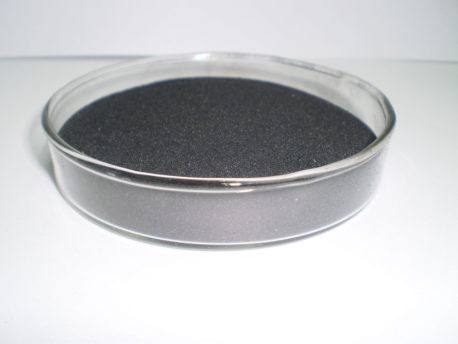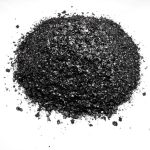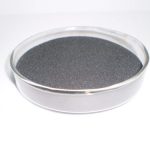Recent Categories
Recent Posts
Post Archive
Catogery Tags
Connect With Us
-

Leonardite and Humic Acid
Leonardite It is theorized that Leonardite shale originated from trees and other vegetation, which grew during the carboniferous period when most of North America was a tropical type forest. Over the ages, the vegetation underwent compaction and heating, slowly carbonizing and forming coal. Through this compaction, organic acids and esters present in the vegetation were…
-

Humic Acids Function
Largely promote the buffering power and fertility of soil by improving the structure. In sandy soil, humic acid will help to increase fertility of soil through its cation exchange capacity to retain water and beneficial micro nutrient .In heavy and compact soil ,Humic acid will work with fungi to construct a crumb structure root to…
-

Humic acid and its origin
Humic acid and its origin Organic matter ,humic substance,humic acid ,humate and fulvic acid are closely related,all are come from the natural process of decaying plants and animals body.Organic matter is defined that all the organic substance in the soil with Hydrocarbonated base(containing hydrogen, carbon and oxygen).Humic substance is pure substance from process of humification…








